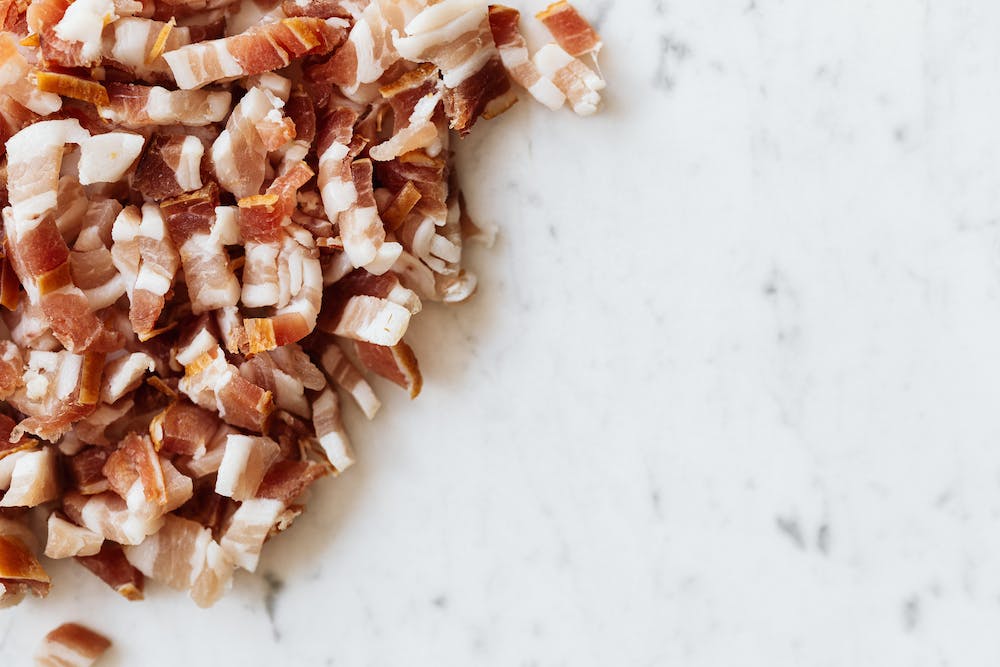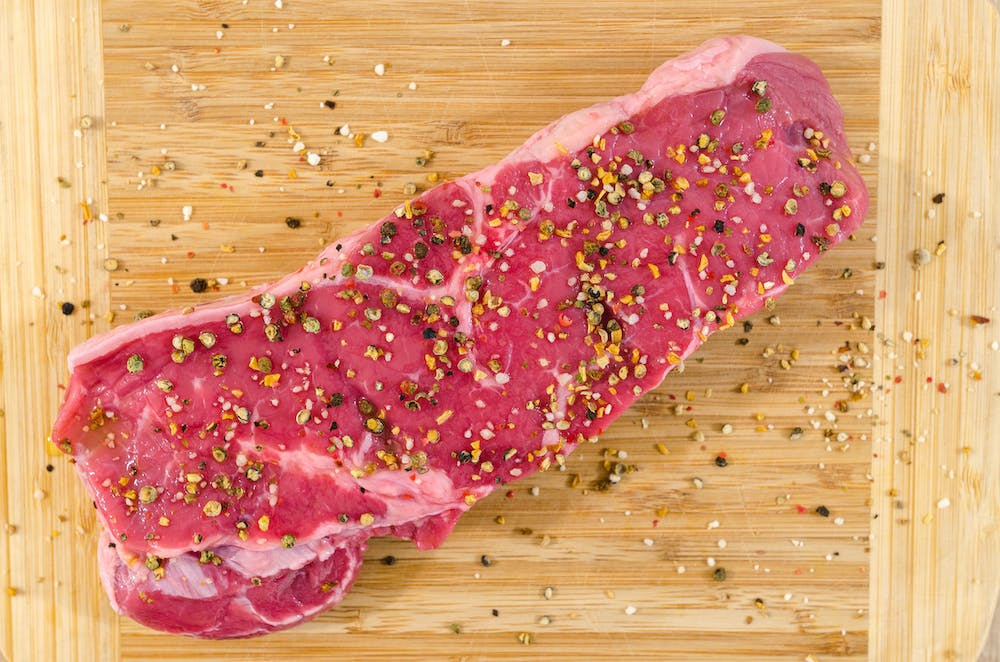Are you looking for ways to get enough protein without eating meat? You’re not alone. Many people are choosing to eat more plant-based foods for various reasons, such as health, ethics, or the environment. But how can you make sure you’re meeting your protein needs with plants? It’s easier than you think!
 Protein is an essential nutrient that helps build and repair your muscles, organs, and tissues. It also supports your immune system, hormones, and enzymes. The recommended dietary allowance (RDA) for protein is 0.8 grams per kilogram of body weight, which means an average adult needs about 56 grams of protein per day. However, this may vary depending on your age, activity level, and health goals.
Protein is an essential nutrient that helps build and repair your muscles, organs, and tissues. It also supports your immune system, hormones, and enzymes. The recommended dietary allowance (RDA) for protein is 0.8 grams per kilogram of body weight, which means an average adult needs about 56 grams of protein per day. However, this may vary depending on your age, activity level, and health goals.
 Plant-based foods can provide all the protein you need, as long as you eat a variety of them and consume enough calories. Some of the best sources of plant-based protein are:
Plant-based foods can provide all the protein you need, as long as you eat a variety of them and consume enough calories. Some of the best sources of plant-based protein are:
 – Legumes: beans, lentils, peas, soybeans, tofu, tempeh, edamame, etc. These foods are rich in protein, fiber, iron, and other minerals. They can be used to make dishes like chili, curry, burgers, salads, and more.
– Legumes: beans, lentils, peas, soybeans, tofu, tempeh, edamame, etc. These foods are rich in protein, fiber, iron, and other minerals. They can be used to make dishes like chili, curry, burgers, salads, and more.
– Nuts and seeds: almonds, walnuts, pistachios, cashews, sunflower seeds, pumpkin seeds, chia seeds, hemp seeds, flax seeds, etc. These foods are high in protein, healthy fats, and antioxidants. They can be eaten as snacks, added to smoothies, oatmeal, salads, or baked goods, or made into nut butters or milks.
– Grains: quinoa, oats, buckwheat, amaranth, millet, etc. These foods are good sources of protein, complex carbohydrates, and fiber. They can be cooked as porridge, pilaf, risotto, or used to make breads or pancakes.
– Vegetables: broccoli, spinach, kale, Brussels sprouts, cauliflower, mushrooms, etc. These foods are low in calories but high in protein, vitamins, minerals, and phytochemicals. They can be eaten raw or cooked in various ways.
– Fruits: avocadoes (yes they are fruits!), bananas (they have some protein), berries (they have some too), etc. These foods are not very high in protein but they provide other benefits such as healthy fats (avocadoes), potassium (bananas), and antioxidants (berries). They can be enjoyed as desserts or added to smoothies or salads.
 As you can see there are many plant-based foods that can help you meet your protein needs without meat. You just need to eat a balanced diet that includes a variety of these foods every day. You’ll not only get enough protein but also many other nutrients that support your health and well-being.
As you can see there are many plant-based foods that can help you meet your protein needs without meat. You just need to eat a balanced diet that includes a variety of these foods every day. You’ll not only get enough protein but also many other nutrients that support your health and well-being.
 So what are you waiting for? Start adding more plant-based protein sources to your meals today and enjoy the benefits!
So what are you waiting for? Start adding more plant-based protein sources to your meals today and enjoy the benefits!






